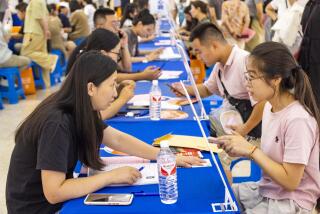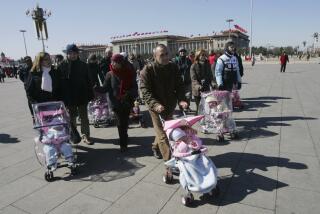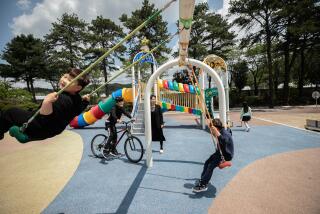China may be ready to drop limits on child-bearing, but the pain of its one-child policy endures
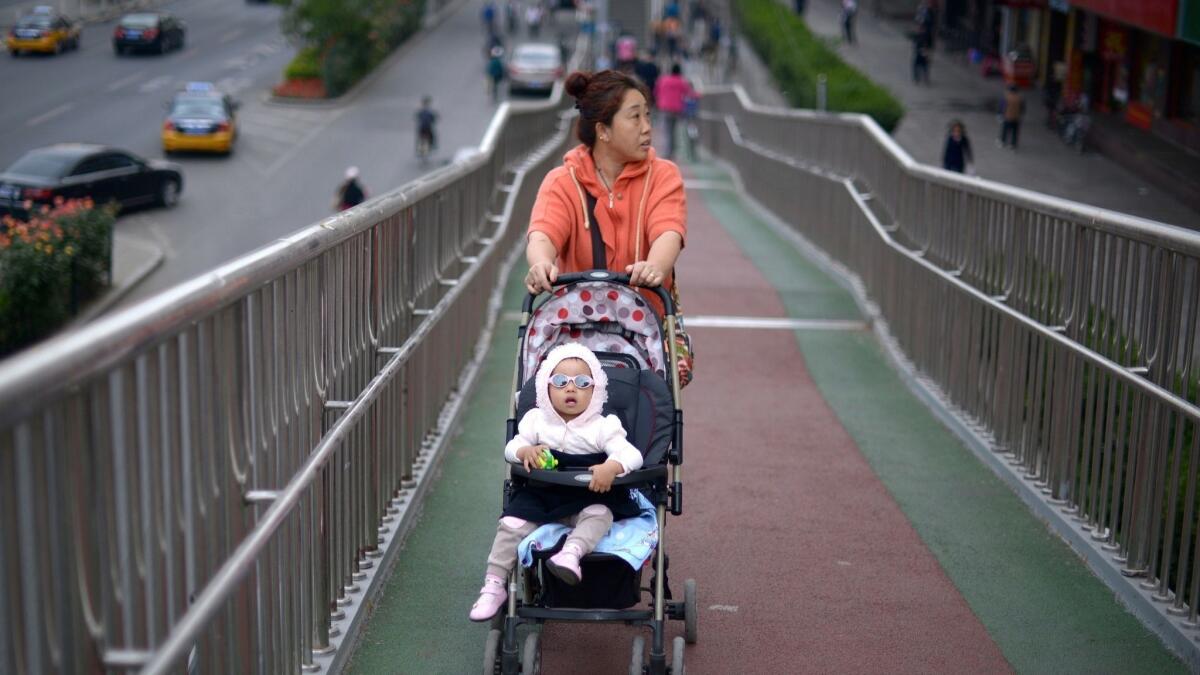
Reporting from Beijing — It’s been 26 years since Hong Guilian watched as a doctor drowned her newborn child. She begged him to stop, but her protests were futile.
Three years later it happened again. This time she was six months pregnant when they took her to the family planning clinic for a forced abortion.
China’s one-child policy lasted 35 years and came at an enormous human cost, leaving a legacy of heartbreak.
It also left China with an aging population that will likely threaten its growth — and its capacity to innovate — for decades. The demographic engineering experiment skewed the country’s gender balance, leaving it with some 30 million more men than women, a byproduct of sex-selective abortions that couples illegally sought out in order to make sure their lone child would be a son.
The policy was dropped in 2016 when couples were allowed to have two children, but the imprint it left seems to be unshakable as the birthrate continues to plunge and the government ponders further easing or even lifting birth restrictions to reverse course.
Many now believe that the three and a half decades of trauma only succeeded in leaving China with a graying, hollowed-out population at a time it hopes to remake itself as a global force in technology and innovation.
China’s fertility rate of 1.6 children per woman is significantly below the country’s desired population replacement level of 2.1 and dramatically lower than the 1970 rate of 5.8. The number of women of childbearing age is falling by 5 million a year, compounding the challenge of rebuilding China’s birthrate.
According to independent demographer He Yafu, 630,000 fewer babies were born in 2017 than the previous year. The birth population during the first half of 2018 saw a similar decline.
“Demographics,” writes James Liang, an author and analyst, “will be China’s Achilles’ heel.”
For decades, the one-child policy was enforced at the provincial level, where local officials often took it on themselves to enact harsh measures, such as forcing women to undergo late-term abortions or sterilization. Fines for having an extra child were steep, and when couples could not pay, their possessions were often confiscated. Government workers frequently lost their jobs for having a second child.
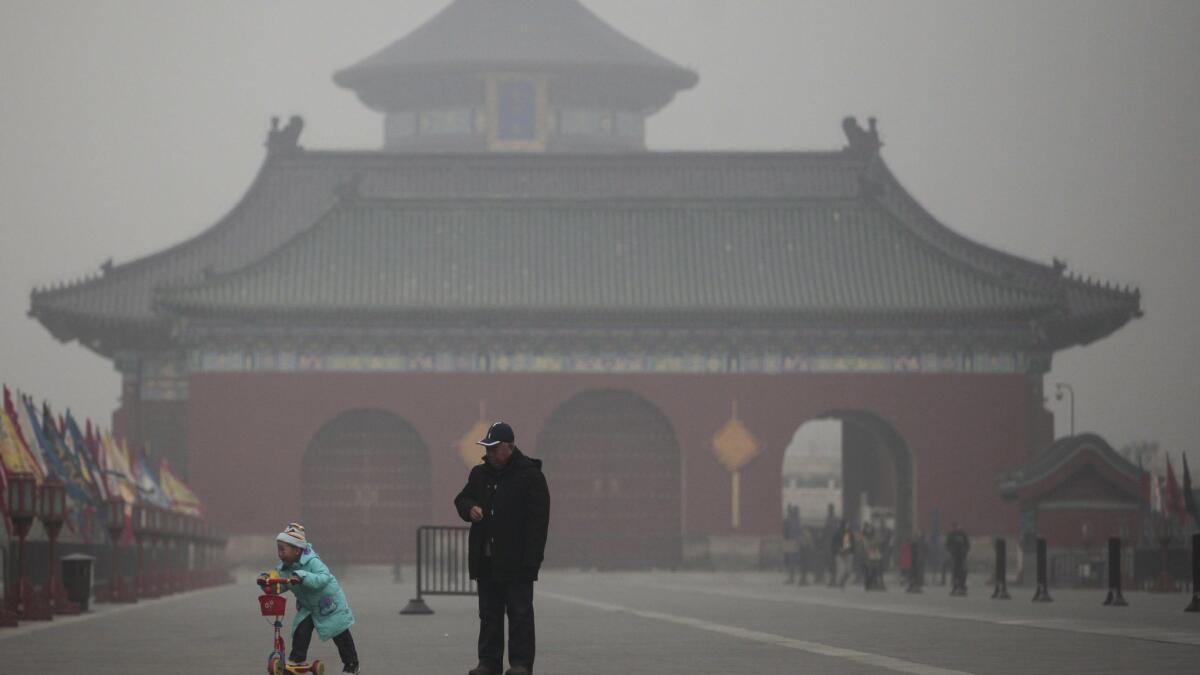
Hong, 55, was forced to undergo a late-term abortion in 1992 after becoming pregnant the year after giving birth to her first child, a boy. She said that when she was eight months pregnant with what would have been her second child, several dozen family planning officials came to her house.
“They came into my house and restrained me and pushed me into a car,” Hong said. She was taken to a family planning clinic. Inside, she recalled, women’s sobs and shrieks echoed.
“I felt powerless.”
A female doctor and one assistant gave her an injection. But the eight-month-term fetus, a boy, emerged alive and crying.
“The doctor told me that after the baby was injected with a toxic solution, he could not survive. They drowned the baby in front of me. I was begging to keep my boy. I was saying, ‘He’s alive, he’s alive,’ ” she said.
“They threw him into the bucket as if he was a piece of rubbish.”
In 1995, she became pregnant again, and again was forced to have a late-term abortion, this time at six months.
For Hong, the misery continued when her marriage fell apart. And then, in 2006, her 16-year-old son — her lone child — drowned in a river. Like that, she was alone.
“It was too painful. The sky collapsed. My world fell apart.”
Hong said she still has nightmares that she is chasing after her son, never quite reaching him.
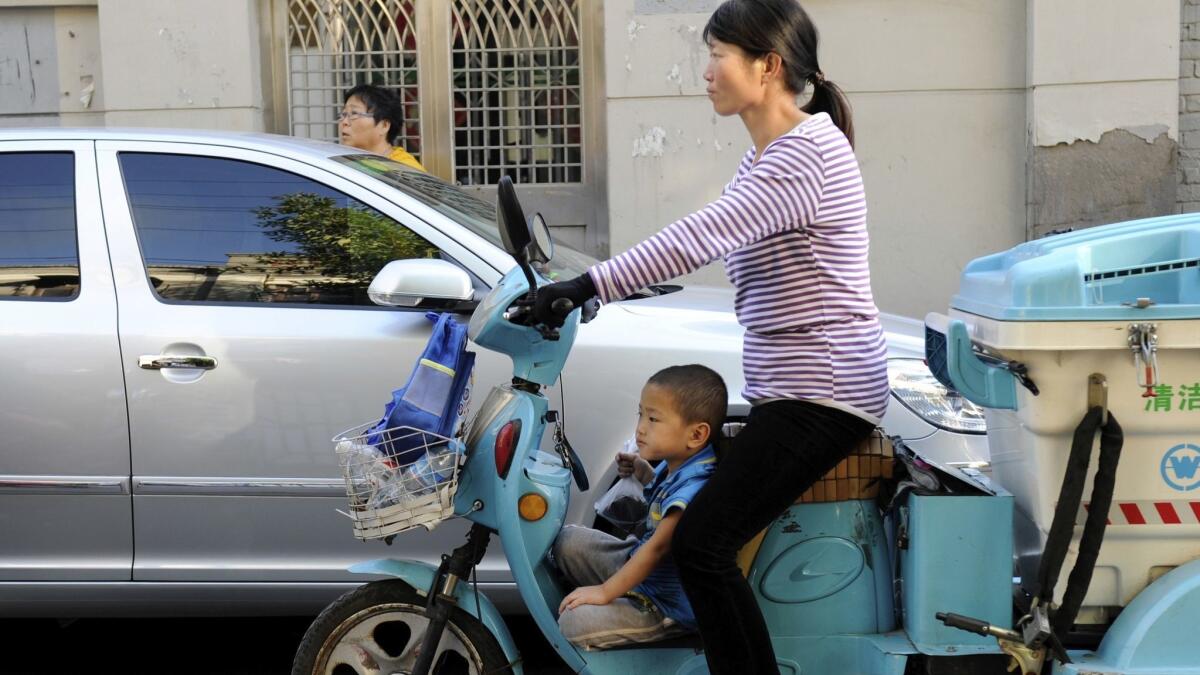
China’s one-child policy was enacted in the late 1970s amid fears the nation would not be able to feed its growing population. With only 7% of the world’s farmland, China has nearly a quarter of the world’s population.
But the policy has spawned a demographic crisis, with the working population shrinking and the older population rising. By 2030, the government says, 25% of China’s population will be approaching the age of 60.
Despite the relaxed two-child policy, couples are not rushing to have children. Years of “Have less children, have a better life!” propaganda have been difficult to reverse.
He Yafu, the independent demographer, predicted in an interview that the government would scrap limits completely next year.
Speculation about such a move grew in July when China’s post office released a stamp design to mark the upcoming year of the pig, depicting a happy hog couple and three grinning piglets. In September, the government scrapped three agencies responsible for enforcing family planning laws, replacing them with an office on population monitoring and family development. A month earlier, the National People’s Congress removed references to family planning in the civil code that takes effect in 2020.
Some provinces, including Liaoning in the northeast, where fertility rates are lowest, are planning tax breaks and financial support to encourage couples to have more children. A finance professor even suggested that childless couples face a higher tax consequence if they refuse to have children.
Liang Yan may be typical of why the birthrate has failed to take off. She has a 4-year-old son she adores but — despite constant pressure from two sets of grandparents — “I simply cannot bring myself to do it all over again.”
Liang, 33, a school office manager, and her husband spend about $15,000 a year raising their son, including kindergarten fees, food, insurance, entertainment and music classes. It can cost up to $30,000 in fees just to gain entry into a top selective primary school. Some parents even buy an apartment in the enrollment area of top schools just to ensure their child will get in.
“My husband and I still haven’t figured out what to do. It exhausts me, just thinking about it. We are stressed.”
Beyond the expense of attending primary school, Liang said parents are pushed to have their children attend additional classes — music, ballet, English, even fencing. Each class costs around $4,600 a year, and most children take several extra classes.
“It makes no difference to me whether I’m allowed to have one, or two, or three or more children,” she said. “The cost of raising one child is so high, I can only afford one.”
In 2015, the fertility rate in Shanghai and Beijing was 0.7, the lowest recorded rate in human history, according to James Liang, the economic and demographic analyst. He argues that China’s one-child policy was coercive, extreme and unnecessary, since the fertility rate had already dropped to 2.2 children per woman before the policy went into effect.
President Xi Jinping’s “Made in China 2025” plan aims to make China a global leader in cutting-edge technology. But an aging population and a sharp decline in the number of future workers in the 30 to 40 age range could undermine that vision. In the 1990s, Liang says, 40% fewer babies were born than the previous decade.
“In 10 years’ time, when the much smaller 1990 birth cohort turns 30, the level of innovation and entrepreneurship will almost certainly suffer.”
China, Liang says, has yet to fully confront its demographic crisis.
Special correspondent Gaochao Zhang contributed to this story.
Twitter: @RobynDixon_LAT
More to Read
Sign up for Essential California
The most important California stories and recommendations in your inbox every morning.
You may occasionally receive promotional content from the Los Angeles Times.
